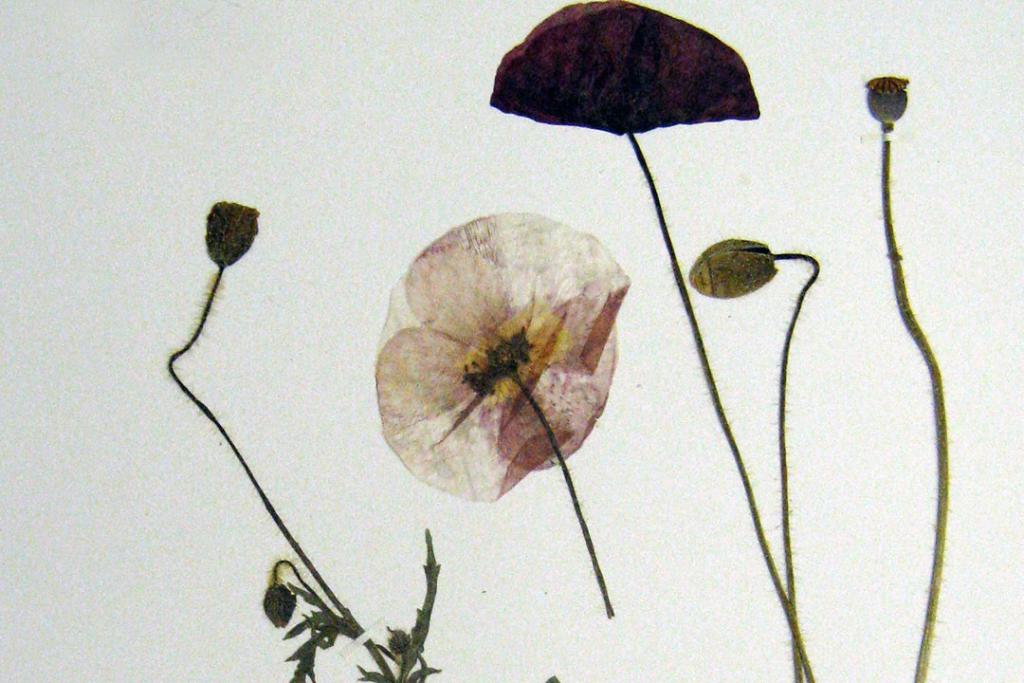
Seed plants
There are two major groups of seed plants: angiosperms and gymnosperms.
This is part of the Botany collection.
Angiosperms - flowering plants
Angiosperms are commonly called flowering plants as they have seeds enclosed within a structure called a carpel. The collections are divided into three geographic areas:
British and Irish herbarium
The herbarium contains around 98% of the British and Irish native flora and covers a time-span of over two hundred years. It includes the collections from J. H. Balfour (1808-1884) and G. C. Druce (1850-1932). This collection is particularly rich in the local flora, containing the collections of prominent northwest botanists such as J. A. Wheldon (1862-1924), Fred Holder, Vera Gordon (1916-2003) and Eric Greenwood (1938 -2022).
European herbarium
The European herbarium is particularly significant as a repository of material consulted during the preparation of 'Flora Europaea', a project initially based at the University of Liverpool. As a result of the activity generated by this project, it received numerous foreign collections in exchange for material obtained during fieldwork in Europe, particularly from countries bordering the Mediterranean.
Extra-European herbarium
Although the smallest of the three main geographically divided herbaria, it reveals the worldwide scope of our specimens This collection is subdivided into the following geographical areas: North Africa; Atlantic Islands; Orient; Asia; Africa; North America; Central America & Caribbean; South America; Australasia and Oceania. The collection includes many type specimens of grasses and recent additions from Caribbean islands.
See our Trinidad and Tobago plants collection.
Conifers, Cycads, Gnetales and Ginkgo (Gymnosperms)
The term Gymnosperm comes from the Greek words gymnos = naked, and sperma = seed. It literally means ‘naked seed’ as they develop on the surface of scales or leaves which become modified into cones. In contrast, Angiosperm seeds develop within an enclosed ovary.
The Gymnosperms emerged/originated around 319 million years ago in the late Carboniferous period. Today there are over 1000 species worldwide, the majority of them, 629 species, are conifers such as Pines, Yews, Cypresses and Firs. Ginkgo is represented by one single species worldwide, Ginkgo biloba.
This is a small collection of approximately 1000 specimens (mainly British). A separate collection of Pine, Fir and other cones are housed within our carpological (seed) collection.
